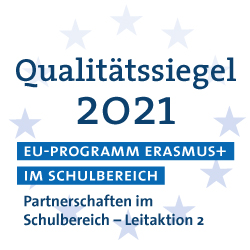

“Refugee Crisis: New Concepts, New Ideas, New Chances”
In 2015, the number of people applying for asylum in the EU peaked at 1.3 million to trigger the current migration crisis. Europe is increasingly diverse. Today, there are 20 million non-EU nationals residing in the EU who make up 4% of its total population. Human mobility, in varying degrees and for a variety of different reasons, will be an inherent feature of the 21st century for Europe, implying that the EU not only needs to step up gear when it comes to managing migration flows, but also when it comes to its integration concepts. We believe that developing and sharing effective integration concepts is about investing for the long-term. We believe that this integration starts at our school, in our communities and in our local companies.
Our project focuses on the analysis and comparison of successful integration programs throughout the EU. Our final product, a website that includes reports, interviews & videos, informs about transferrable ideas for other integration projects. In addition, our product will be accessible worldwide, allowing teachers to teach and discuss this complex topic and organise a political mock debate.
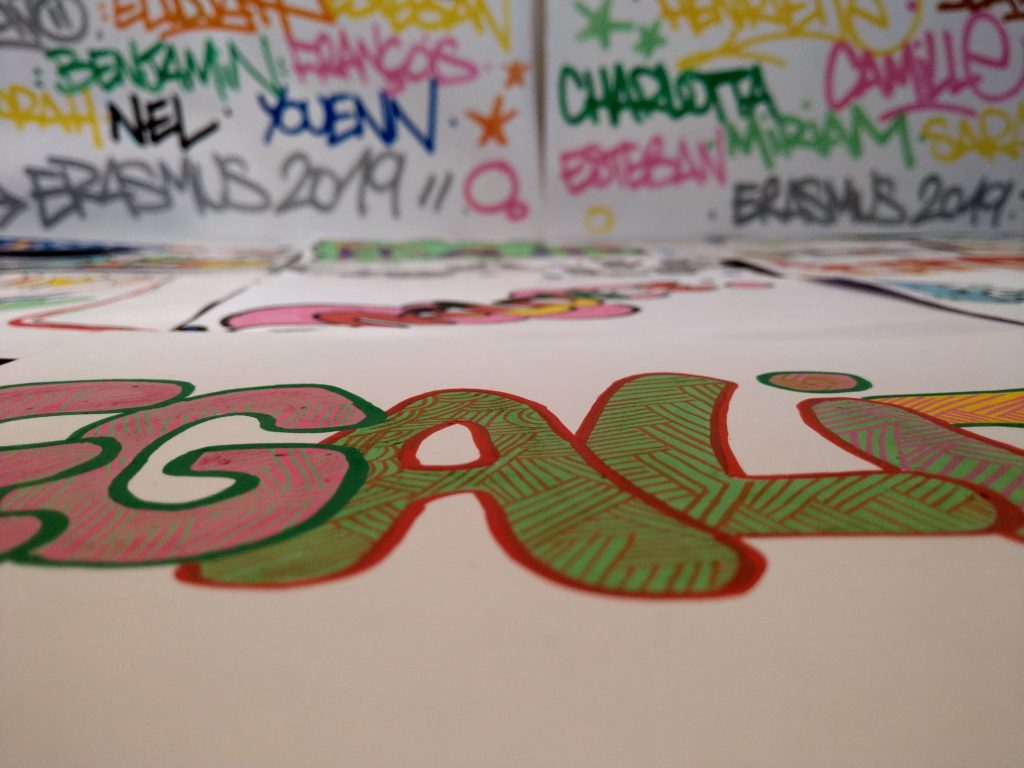
______________________________________________________________________
“Crise des réfugiés: nouveaux concepts, nouvelles idées, nouvelles chances”
En 2015, le nombre de personnes demandant l’asile dans l’UE a atteint un pic de 1,3 million, déclenchant la crise migratoire actuelle.
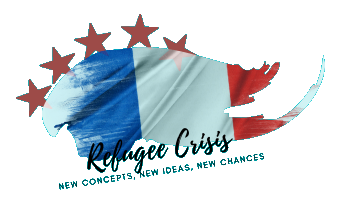
L’Europe est de plus en plus diversifiée. Aujourd’hui, l’UE compte 20 millions de citoyens non européens, soit 4 % de la population totale. La mobilité humaine, à des degrés divers et à partir du siècle pour que l’Europe soit, ce qui signifie que l’UE doit passer à la vitesse supérieure non seulement dans ses efforts pour gérer les flux migratoires, mais aussi dans ses approches de l’intégration,
mais aussi dans ses approches de l’intégration.
Nous pensons que l’élaboration et le partage d’approches efficaces de l’intégration constituent un investissement à long terme. Nous pensons que cette intégration commence dans notre école, dans nos communautés et dans nos entreprises locales.
Notre projet se concentre donc sur l’analyse et la comparaison des programmes d’intégration réussis dans l’UE. Notre produit final, ce site web, qui comprend des rapports, des interviews et des vidéos, donne des idées transférables à d’autres projets d’intégration. En outre, ce site web permettra aux enseignants du monde entier d’enseigner et de discuter de ce sujet complexe et de mener un jeu de simulation politique.
______________________________________________________________________
“Die Flüchtlingskrise: Neue Konzepte, Neue Ideen, Neue Chancen”
Im Jahr 2015 erreichte die Zahl der Menschen, die in der EU Asyl beantragten, einen Höchststand von 1,3 Millionen und löste damit die aktuellen Migrationskrise aus.
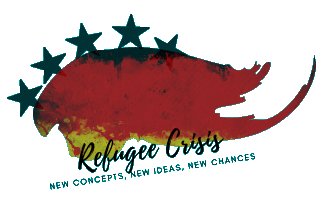
Europa ist zunehmend vielfältig. Heute gibt es 20 Millionen Nicht-EU-Bürger in der EU, die 4 % der Gesamtbevölkerung ausmachen. Menschliche Mobilität, in unterschiedlichem Ausmaß und aus Jahrhunderts für Europa sein, was bedeutet, dass die EU nicht nur ihre Bemühungen bei der Steuerung der Migrationsströme, sondern auch bei ihren Integrationskonzepten einen höheren Gang einlegen muss,
sondern auch bei ihren Integrationskonzepten.
Wir glauben, dass die Entwicklung und der Austausch effektiver Integrationskonzepte eine langfristige Investition ist. Wir glauben, dass diese Integration bereits in unserer Schule, in unseren Gemeinden und in unseren Unternehmen vor Ort beginnt.
Unser Projekt konzentriert sich deshalb auf die Analyse und den Vergleich von erfolgreichen Integrationsprogrammen in der der EU. Unser Endprodukt, diese Website, die Berichte, Interviews und Videos enthält, informiert über übertragbare Ideen für andere Integrationsprojekte. Darüber hinaus soll diese Webseite Lehrern aus der ganzen Welt ermöglichen, dieses komplexe Thema zu unterrichten und zu diskutieren und ein politisches Simulationsspiel durchzuführen.
______________________________________________________________________
“Crisi dei rifugiati: nuovi concetti, nuove idee, nuove possibilità”
Nel 2015, il numero di persone che chiedono asilo nell’UE ha raggiunto il picco di 1,3 milioni per innescare l’attuale crisi migratoria.
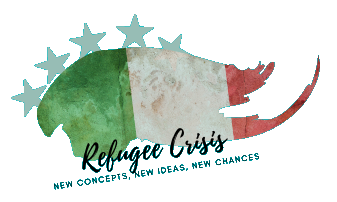
L’Europa è sempre più diversificata. Oggi ci sono 20 milioni di cittadini extracomunitari residenti nell’UE che costituiscono il 4% della sua popolazione totale. La mobilità umana, in varia misura e per una serie di ragioni diverse, sarà una caratteristica intrinseca del 21 ° secolo per l’Europa, il che implica che l’UE non solo deve aumentare la propria marcia quando si tratta di gestire i flussi migratori, ma anche quando si tratta dei suoi concetti di integrazione. Crediamo che lo sviluppo e la condivisione di concetti di integrazione efficaci significhi investire a lungo termine. Crediamo che questa integrazione inizi nella nostra scuola, nelle nostre comunità e nelle nostre aziende locali.
Il nostro progetto si concentra sull’analisi e il confronto di programmi di integrazione di successo in tutta l’UE. Il nostro prodotto finale, un sito Web che include report, interviste e video, informa sulle idee trasferibili per altri progetti di integrazione. Inoltre, il nostro prodotto sarà accessibile in tutto il mondo, consentendo agli insegnanti di insegnare e discutere questo argomento complesso e di organizzare un dibattito politico simulato.
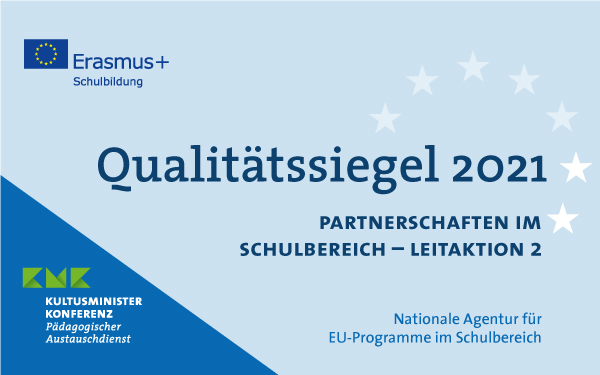
This Erasmus+ project was awarded with the Erasmus+-
Quality Label in the school sector. This project is considered an example of good practice in terms of project implementation, results and quality criteria.